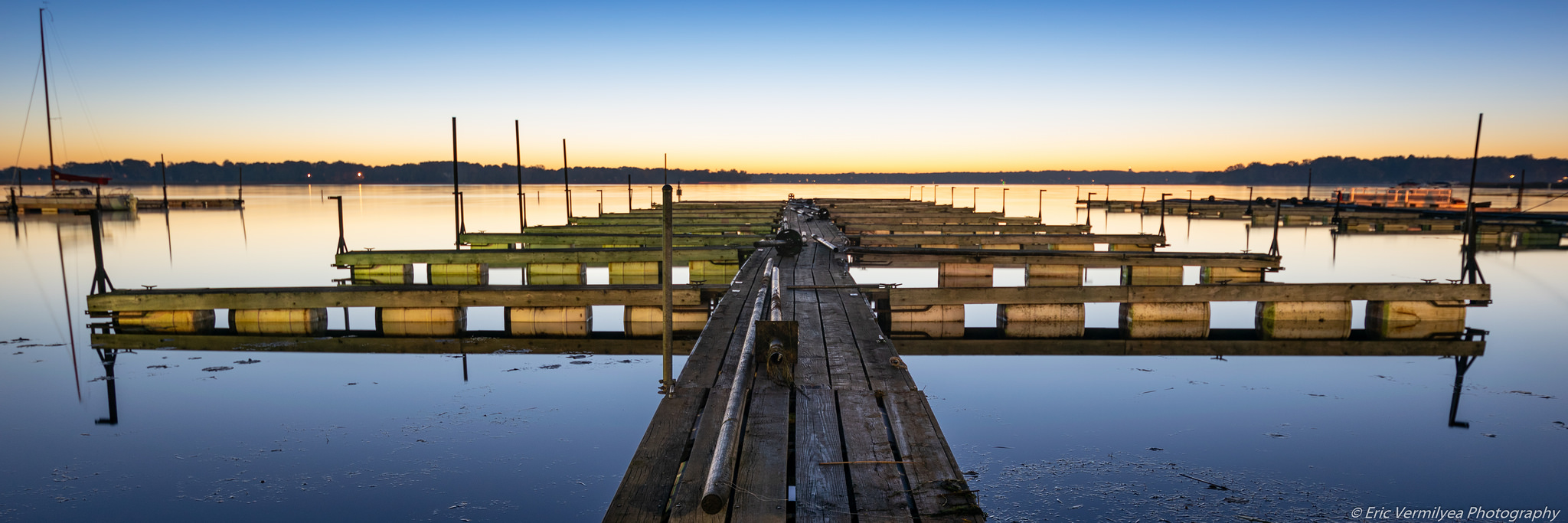REPRINTED WITH PERMISSION FROM MINNESOTA DNR ECOLOGICAL SERVICES, ST. PAUL
Swimmer's Itch Fact Sheet
There are actions you can take to help reduce the odds of getting swimmer's itch. To understand which actions make sense it is important to look at the organism's biology. The organism which causes swimmer's itch has a complicated life history. However, an important fact to consider is that the critter starts out in the intestinal lining of waterfowl, mostly ducks. So if you, or maybe your neighbors, are currently feeding waterfowl (ducks and geese) from your dock, stop. If ducks like to loaf on your dock do what you can to discourage them. You can try an owl wind sock, or statue. Place the wind sock or statue on your dock and move it around every other day or so, so the ducks do not become accustom to it. If ducks don't hang out around your property then the source of the problem may be elsewhere in the lake and this strategy won't help much.
If ducks do not congregate around your dock the swimmer's itch organism may originate somewhere else in the lake and is being brought to your shoreline wave action or currents. The life stage that causes swimmer's itch is called a "cercaria" which is an immature stage of a blood fluke common in waterfowl. The cercaria only lives for a day or so and typically inhabits the upper few inches of water which increases its chances of coming into contact with a duck (its definitive host). This behavior makes it easy for them to be moved around the lake, and tends to concentrate their numbers along the shoreline. Strategy number 2, avoidance, swim from a raft or boat farther out from shore where you are less likely to come into contact with the cercaria. This strategy may not be practical if you don't swim or have young children who want to play in the water near shore.
Although the cercaria can enter your skin while you are wading or swimming you can also carry the critters out of the water with you. If swimmer's itch is a problem in the lake you live on it is important to towel off immediately after getting out of the water. The organism in the droplets of water on your skin will look for somewhere to go as the droplet of water evaporates, into your skin is their next refuge. So, if you did not pick up an infection in the water you can further reduce the odds of getting swimmer's itch by drying off with a towel. Solution number 3, dry off with a towel soon after getting out of the water.
If these strategies don't work for you there is the option of getting a permit from the DNR to use copper sulfate to kill the snails which are an intermediate host of the parasite. Infected snails release the life stage (cercaria) that actually causes swimmer's itch. The copper sulfate will only kill the snails present at the time of application, any snails which enter the area afterwards will not be effected. The relief provided may be temporary and more than one treatment may be required. Usually only a small percent of the snails in a lake carry the infection, and they may not be the ones around your dock.
The good news is the blood fluke which causes swimmer's itch cannot complete its life history in the human body. Your body's immune system detects the cercaria as a foreign protein, attacks and kills it shortly after it penetrates your skin. The severe itch and accompanying welt is an allergic reaction to the infection. There are several over the counter remedies your pharmacist can recommend to help relieve the discomfort, but please see your physician to get a definitive diagnosis.
Not everyone is sensitive to swimmer's itch. You may have noticed that some people show no symptoms of swimmer's itch even though others swimming at the same time and place break out severely. The literature indicates that only about 30 to 40 percent of the population is sensitive to swimmer's itch infection. But, much like poison ivy, your sensitivity to swimmer's itch will increase with each exposure.
If you have tried these strategies and nothing seems to work applying copper sulfate to kill the snails might provide some relief. Apply for a permit to use copper sulfate at your Regional Fisheries Office. They can answer any additional questions you might have about using copper sulfate, how to apply it, application rates and so on.
For questions on identifying and managing aquatic plants, or swimmer's itch write or call the Regional DNR headquarters nearest you; telephone numbers and addresses are listed below. You may also contact the DNR's Ecological Services Division by writing to: Minnesota Department of Natural Resources, Ecological Services Section, Box 25, DNR Building, 500 Lafayette Rd., St. Paul, MN 55155_4025. Or call the appropriate department listed below. Residents outside the seven county metro area may call the St. Paul office toll-free by dialing 1-888-646-6367.
Ecological Services Division--St. Paul











